People with dreadlocks are found in a variety of cultures and geographical locations.
Men and women have worn their hair in rope-like strands for centuries, and people all around the world still wear them today.
Popular culture sometimes depicts Vikings with dreadlocks, but modern portrayals aren’t always accurate. So did the Vikings wear dreadlocks?
Historians believe that some Vikings wore dreadlocks. While the Vikings didn’t keep written historical records, the people they encountered often did.
Roman writers described the appearance of the Vikings, including their hair. They mentioned that some Vikings had long, rope-like hair.
In the modern world, hairstyles are often thought of as a matter of choice and mere appearance.
Yet in some cultures, including some ancient ones, certain hairstyles, including dreadlocks, may have been worn more for practical reasons than stylistic ones. Keep reading to learn more.
Also, see Were there black Vikings? to learn more.
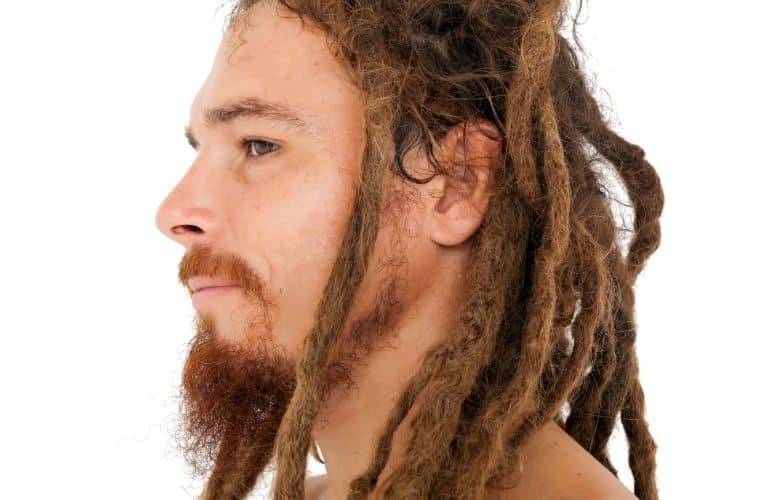
Were Vikings’ Dreadlocks Special?
Contrary to certain modern stereotypes, historical evidence shows that physical hygiene was important to the Vikings in the Middle Ages.
Caring for their hair was part of their hygiene routine.
Based on written records, like the writings mentioned above, as well as some hair care artifacts, like combs, that Scandinavian archaeologists have discovered, there is reason to believe that the Vikings valued managing their hair.
This doesn’t imply that caring for their hair was only about appearance; they probably managed it out of necessity.
Some historians believe that the Vikings may have had a distinct way of braiding their hair or arranging and growing it into dreadlocks.
Even though people in different places at different times in history wore dreadlocks, that doesn’t mean the hairstyles were exactly the same.
The texture, length, and thickness of hair and other attributes can vary from culture to culture based on the genetic makeup of certain people groups or environmental conditions, which impact hair differently.
What was life like for women in Viking society? See 15 Facts About Viking Women to learn more.
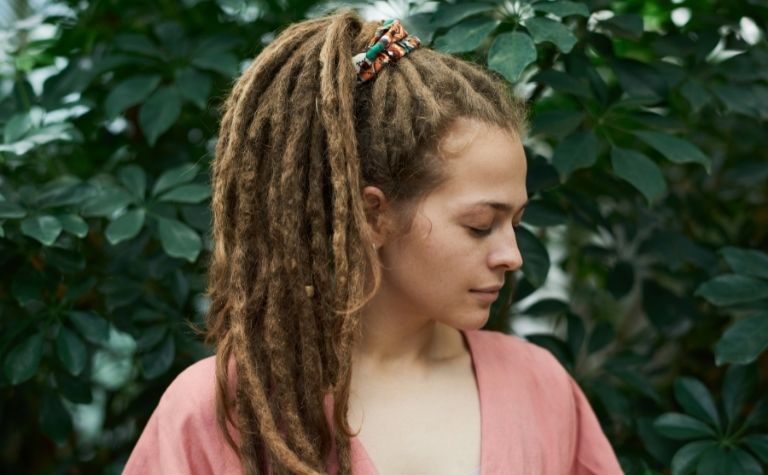
Did the Vikings Invent Dreadlocks?
Dreadlocks are mentioned in multiple ancient sources from a variety of places around the world.
From religious writings in India to depictions in art from ancient Greece, dreadlocks are clearly evident in ancient civilizations.
Why did people in older civilizations wear dreadlocks?
There is an array of opinions about people wearing dreadlocks.
Ancient writers and artists weren’t just interested in dreadlocks, but recorded, drew, sculpted, and painted different hairstyles, which were sometimes even emphasized.
One reason why this was so maybe so is that some cultures associated women’s hair with femininity and men’s hair with masculinity.
Highlighting someone’s hairstyle was then a way to suggest something about their nature as people.
So did the Vikings invent dreadlocks?
No. According to Roman records, the Celtic people, Germanic tribes, and the Vikings wore their hair in rope-like strands.
Even early Christians were believed to have worn their hair in dreadlocks as a tribute to Samson, who had seven locks of hair. [1] (Also see What Hairstyles Did the Vikings Have?)
Historians have uncovered that the hairdo was common among the people in ancient Egypt, Pacific Islanders, the New Guineans, as well as the Somali and the Maasai, apart from many other tribes, including the Vikings.
Historical records indicate that Vikings had permanent markings on their skin. See How Vikings Got Tattoos and Why to learn more.
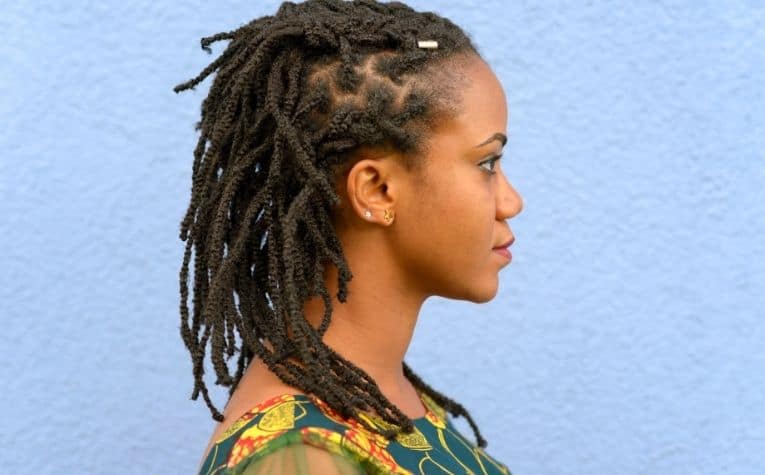
Viking Dreadlocks Compared to Celtic Elflocks
In the Middle Ages, the Vikings occupied northern Europe, the region known today as Scandinavia.
The Celts were the Vikings’ neighbors to the south, and being in close geographical proximity, they influenced each other in different ways.
“Elflocks” or “fairy-locks” are a hairstyle of tangles and knots similar to dreadlocks.
Did Celtic elflocks influence Viking dreadlocks?
Descriptions of elflocks are found in ancient Celtic folklore. These stories survived through oral transmission as opposed to written records.
Storytelling, art, and songs were common ways to transfer stories from one generation to the next.
In Celtic folklore, elves appear at night to tie knots in people’s hair; hence, the term “elflocks.”
Celtic legend also said that combing out these knots brings bad luck.
There is no irrefutable evidence to suggest that Celtic hairstyles influenced Scandinavian hairstyles.
Both forms of locks may have been simply the result of practical necessity or the lack of regular combing or brushing.
Hair was important to the Vikings, but so were their clothes. See What Kind of Clothes Did the Vikings Wear? to learn more.
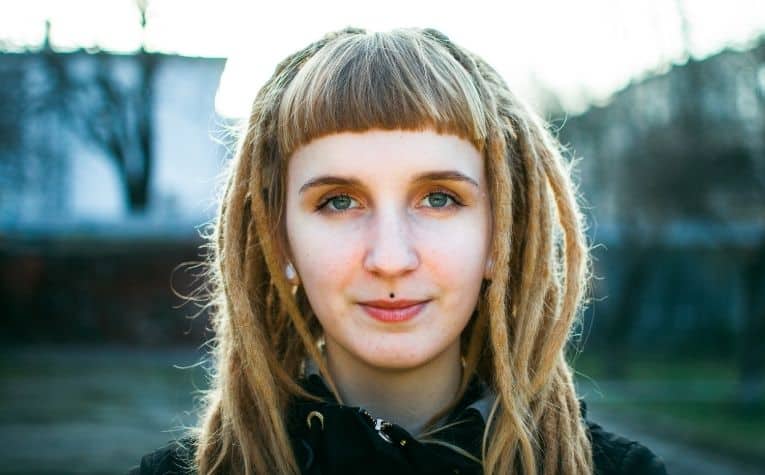
Were Dreadlocks Important to the Vikings?
The Vikings were known to place great importance on personal hygiene, and that even extended to their hairstyles.
The importance that they placed on these matters can, in part, be seen in the story about Odin, when the Norse god was distraught after the death of his son and refused to wash or comb his hair for days.
This detail implies how serious the Vikings were about these matters.
It is also believed that the hairstyles were indicative of the person’s designation and may have also carried religious and other culturally symbolic meanings.
Cultural Significance of Dreadlocks Among the Vikings
It is believed that unmarried Viking girls sometimes wore dreadlocks and heavily braided to mark a festival or formal occasion.
Sometimes their hair was further accessorized with a decorative circlet that matched their clothing.
Hairstyles among the Vikings may have been an indicator of the social status of individuals.
Slaves mostly wore their hair cropped, which was a sign of servitude and loyalty to their master.
Married women wore their hair in a knot at the top of their heads. (Also see Here’s How the Vikings Proposed and Got Married)
The Viking men who traveled to distant lands in order to fight and loot often wore their hair in long braids and sometimes dreadlocks.
Some believe this was done to create an even more imposing persona and intimidate their enemies.
Others believe the hairstyle was practical and served to keep their long hair out of their faces when raiding. Both may be true.
Are you curious about what the Vikings looked like? See What Did the Vikings Look Like? to learn what scientists believe about their faces, hairstyles, clothing, skin color, and more.
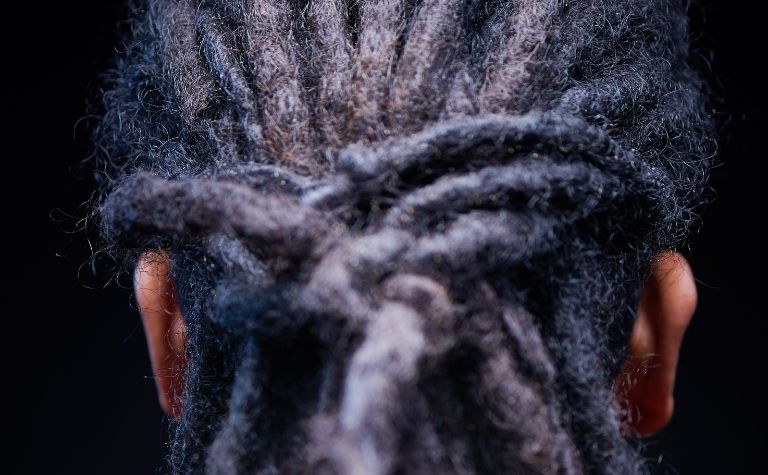
Is There a Difference Between Braids and Dreadlocks?
Some historians make a distinction between braids and dreadlocks. But are they the same thing?
- Braids: Some note that braids are intentionally formed by taking three or more strands of hair and weaving them one on top of another until it reaches each strand’s ends.
- Dreadlocks: On the other hand, they are more naturally formed as a result of hair matting together over time.
While braids can be taken out quite easily, it is not the same as dreadlocks, which are, for all practical purposes, permanent.
Braids require much less maintenance compared to dreadlocks. Having dreadlocks means that there is a need to take additional care to preserve the look and maintain hair health.
Dreadlocks and braids are also different because of the impact they have on hair.
Braids can be taken out without causing significant hair damage, whereas dreadlocks need to be teased and matted if they are to be untangled, which may lead to hair breakage.
That is why many people who would like to stop wearing dreadlocks often opt to shave their heads.
Where does the word “dreadlocks” come from?
The etymology, or word history, of the term “dreadlocks” is uncertain. Some believe it has European origins, but others associate it with Rastafarian language and culture:
“Some authors have speculated that the “dread” component could refer to the reaction of British soldiers upon encountering Mau Mau fighters who had this hairstyle.
Dreadlocks are also worn by some Rastafarians, who believe they represent a biblical hair style worn as a symbol of devotion by the Nazirites, as described in Numbers 6:1–21.” [2]
Dreadlocks likely had practical and cultural purposes
The fact is the Vikings were one of several ancient people groups to have worn dreadlocks, along with the ancient Gauls, Celts, Indians, and many more.
The reasons the Vikings wore dreadlocks isn’t clear, but it was likely due to practical and cultural reasons.
References
[1] Source
[2] Source
Also see:
